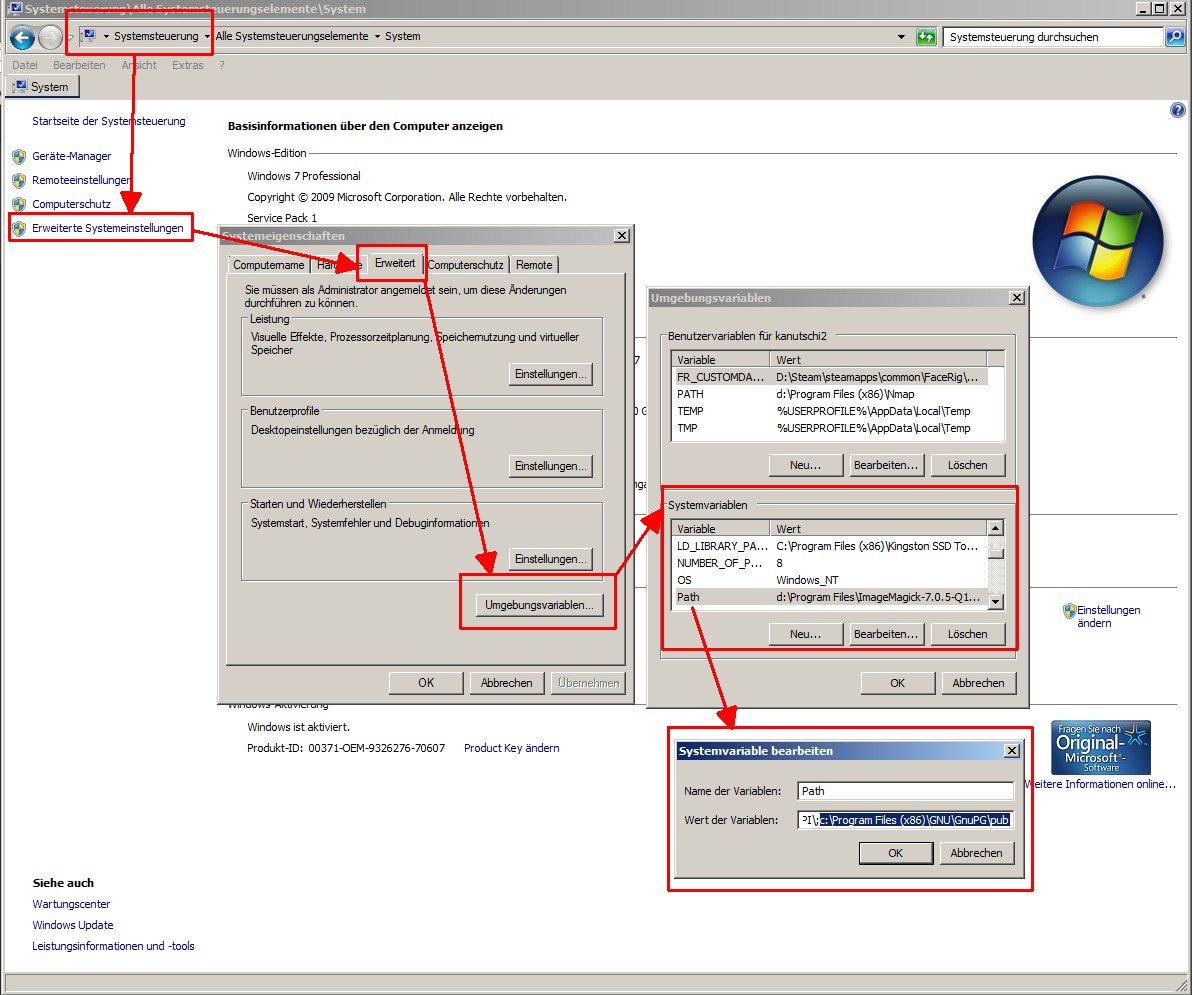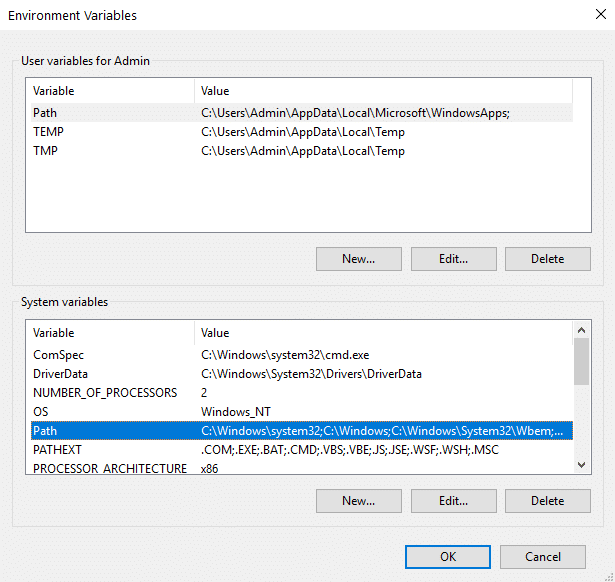Table of Content
In Unix, an environment variable that is changed in a script or compiled program will only affect that process and possibly child processes. The parent process and any unrelated processes will not be affected. Similarly, changing or removing a variable's value inside a DOS or Windows batch file will change the variable for the duration of COMMAND.COMor CMD.EXE's existence, respectively.
External commands and some internal commands set error levels upon execution. See also the identically named pseudo-variable %ERRORLEVEL% under DR-DOS and the IF ERRORLEVEL command. %_MINUTE%This pseudo-variable returns the minutes of the current time without leading zeros, f.e "0".."59". %_CODEPAGE%This pseudo-variable returns the systems' current code page ("1".."65533"), f.e. %PROMPT% (supported since DOS 2.0)This variable contains a $-tokenized string defining the display of the prompt. $BROWSERContains a colon-separated list of a user's web browser preferences, for use by programs that need to allow the user to view content at a URL.
What is Windows PATH and How Do You Add to and Edit it?
%NEWFILE%This variable is automatically set to the first parameter given to the CONFIG.SYS directive NEWFILE. %LANGSPEC% (supported since MS-DOS 7.0)This variable is supported by some tools to switch the locale for messages in multilingual issues. %LANG% (supported since MS-DOS 7.0)This variable is supported by some tools to switch the locale for messages in multilingual issues. $LIBPATH or $SHLIB_PATHAlternatives to $LD_LIBRARY_PATH typically used on older Unix versions.

Unix-like shells have similar dynamically generated variables, bash's $RANDOM being a well-known example. However, since these shells have a concept of local variables, they are described as special local variables instead. Indirectly, they are also supported under Windows' COMMAND.COM, which has been modified to internally call CMD.EXE to execute the commands.
How do I change the path variable in Windows?
The one that shows up higher in the list will be run when you type in the command. In this article, I’ll show you how you can add more paths to the Windows PATH variable in case you want to run executables from your own custom directories. It’s worth noting that the procedure below is for Windows 10, but it’s almost exactly the same for Windows 7 also. Permanently setting a PATH variable is possible via both GUI and CLI methods.

Include your email address to get a message when this question is answered. Social login does not work in incognito and private browsers. Please log in with your username or email to continue. I don't see how this answer adds anything over Alex's.
What is the version of operating system?
But if you’re trying to run something that’s not natively part of Windows, you’ll need to add it to your PATH variable. That tells your system where to look for executables when you ask for them. If we get the same name displayed on the screen and not the real directory path, then the variable is not set on the machine. %DATE%This pseudo-variable expands to the current date. The date is displayed according to the current user's date format preferences. %$PAGE%Supported by DOS Plus accepting the values "ON" or "OFF" for pagination control.

Stack Exchange network consists of 181 Q&A communities including Stack Overflow, the largest, most trusted online community for developers to learn, share their knowledge, and build their careers. From the desktop, right-click My Computer and click Properties. If you don't have a My Computer icon on your desktop, click Start, right-click the My Computer option in the Start menu, and select Properties. On the desktop, right-click the Computer icon and select Properties. If you don't have a Computer icon on your desktop, click Start, right-click the Computer option in the Start menu, and select Properties. Ready to keep digging beneath the Windows bonnet?
Assignment: DOS, OS/2 and Windows
So depending on which method you find easier to follow, follow the steps listed earlier in the guide to set the PATH variable on your Windows 10 PC. However, this command sets PATH temporarily and resets it to the default PATH entries upon system reboot. If you’re on Windows 10, hit the New button and paste the copied path on the new line. Alternatively, hit the Edit text, add a semi-colon to the end of the field for Variable value, and paste the program’s path. Using the graphical interface is the easiest way to set the PATH variable in Windows. To do this, first, open the Windows Run prompt by hitting the Windows + R key shortcut.

$PWDThis variable points to the current directory. Equivalent to the output of the command pwd when called without arguments. The persistence of an environment variable can be session-wide or system-wide. In DOS, OS/2 and Windows command-line interpreters such as COMMAND.COM and CMD.EXE, an environment variable is retrieved by placing a % sign before and after it. The variables can be used both in scripts and on the command line.
It can be used, for example, to inform the user how to exit secondary shells. %DRSYS%Setting this variable to "ON" or "1" will force some versions of the DR-DOS SYS command to work under foreign operating systems instead of displaying a warning. %BETA%This variable contains an optional message displayed by some versions (including DR DOS 3.41) of COMMAND.COM at the startup of secondary shells.

If you’re on Windows 7 or Windows 8, hit the Windows key, search Command Prompt, and hit the Ctrl + Shift + Enter shortcut to open it with administrator rights. In the System Properties window, click the Advanced tab, then click the Environment Variables button near the bottom of that tab. The most efficient way to get most things done on Windows is via the graphical interface. Every now and then, though, you have to turn to the command line for troubleshooting, programming, or just working on your nerd cred. The path command is utilized to specify the location where MS-DOS should look when it executes a command. Your path is the way you progress when you take steps for yourself rather than letting other people decide what you should do with your career.

No comments:
Post a Comment